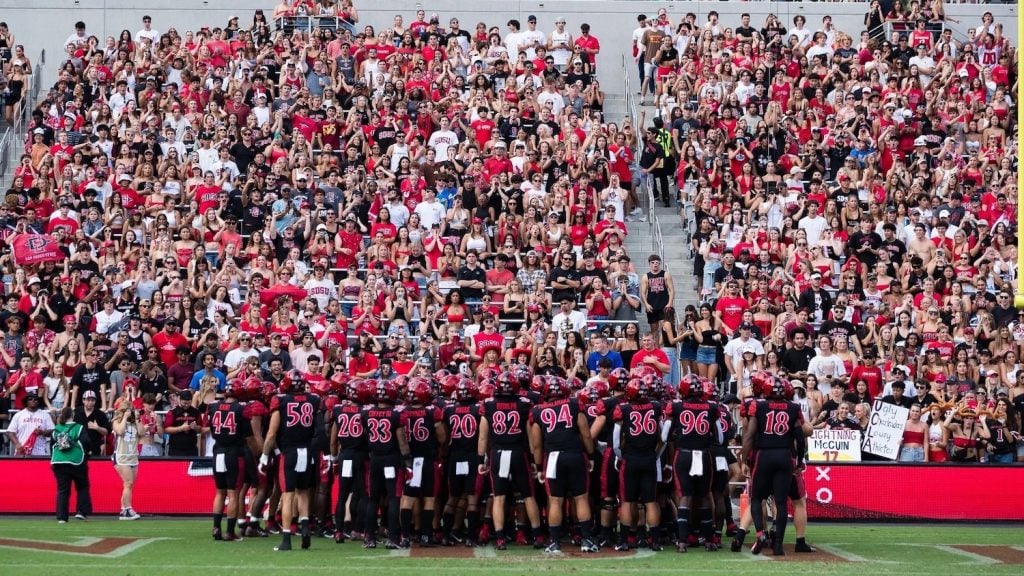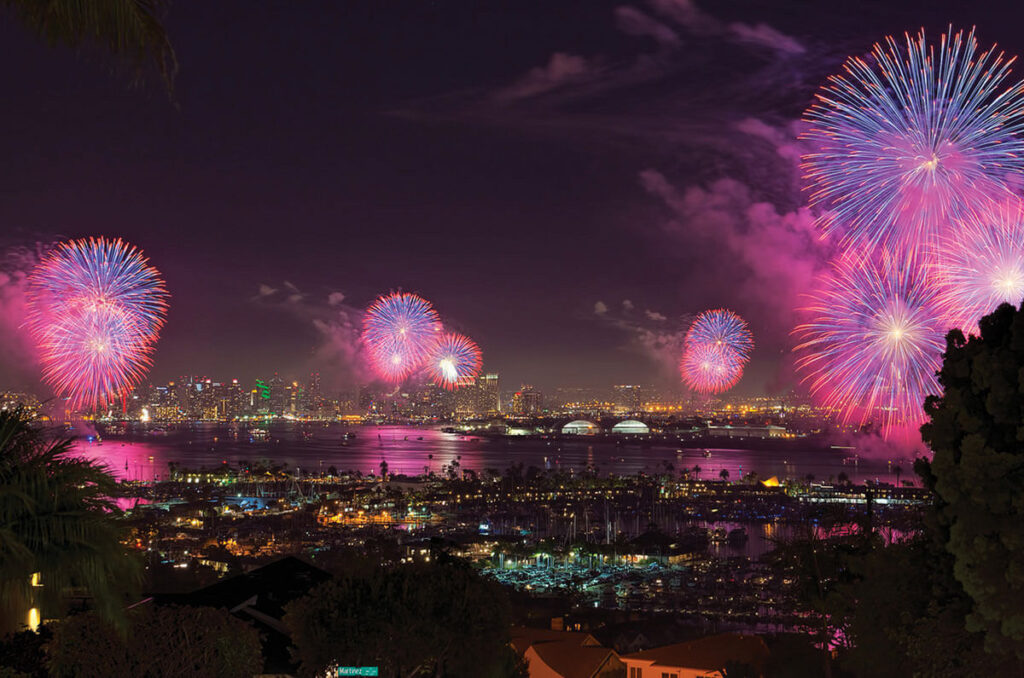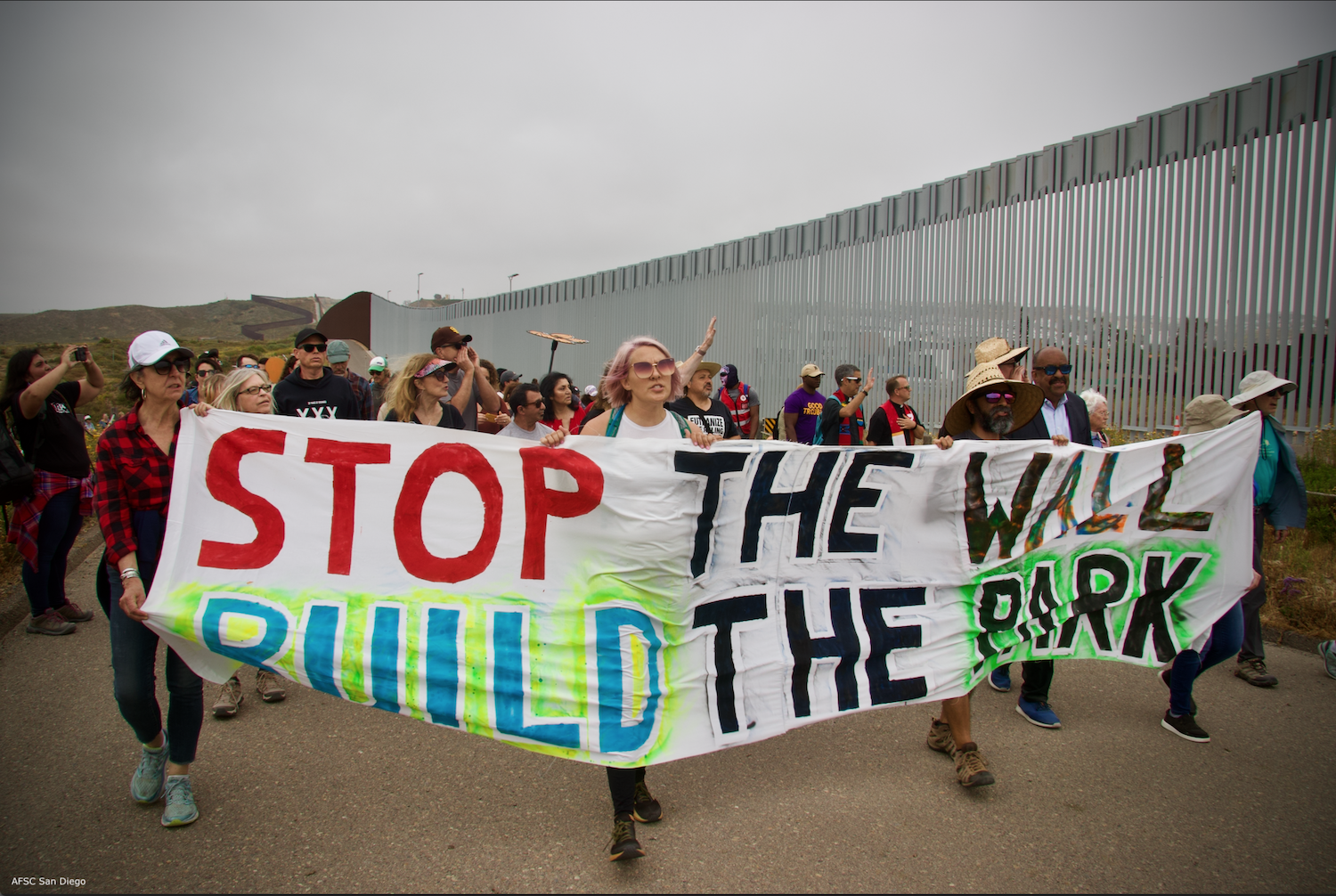Joel Reyes Muñoz was 38 when he died in the custody of the US Border Patrol (USBP) after falling off the 30-foot border wall that separates San Diego from Tijuana at Otay Mesa. His family is now suing the Federal Government for wrongful death.
This week, the same US-Mexico border Reyes Muñoz tried to cross has been deemed the deadliest land migration route in the world by the International Organization for Migration (IOM). This fact can be tied back to the building of the taller border wall.
“There’s a direct correlation to the increase of the border wall to 30 feet” American Friends Service Committee US-Mexico Border Program’s director Pedro Ríos said of the increase in mortality at the US-Mexico border.
Just a few Miles east of the Otay Mesa site where Reyes Muñoz fell to his death, then President Trump visited the eight border wall prototypes in March 2018.
The models were all different: some reinforced concrete, others steel, or a mix of materials. What they had in common was a height of 30 feet, and an ominous prison-like feeling.

“When we put up the real wall, we’ll stop 99 percent [of migrants], maybe more than that,” Trump said at the press conference following his visit.
By 2019 the 30-foot prototype barrier was installed in parts of San Diego County, substituting the existing 8-to-18-foot fence.
But migration didn’t stop as Trump promised, as fiscal year 2022 saw a record number of migrant encounters at the US-Mexico border. Instead, what followed was a soaring number of injuries and deaths at this new 30-foot border wall. UC San Diego (UCSD) neurological surgery resident Alexander Tenorio started noticing an increase in patients transported from the border with serious spinal and brain injuries.
“My parents migrated from Mexico, they crossed the same San Ysidro border before the [30-foot] border wall was constructed,” Tenorio said. “I knew these patients were not coming for trivial circumstances, they were escaping violence as my father did. That’s why [I’m] passionate about what’s going on.”
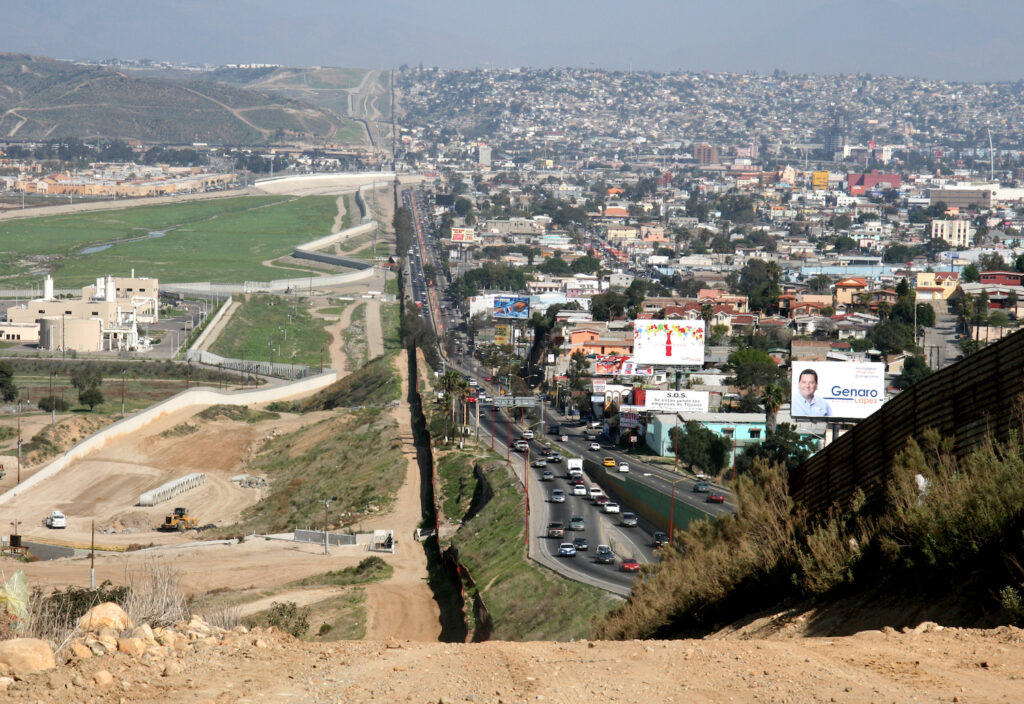
Tenorio and his colleagues at UCSD published a study in 2022 that found a fivefold increase in the number of falls admitted to their hospital from the period before 2019—when the taller border wall construction was finished—compared to the period before that.
“These injuries in the brain often require high in-depth trauma, so it correlates with the border wall being 30 feet as you could imagine,” Tenorio said. “It’s different when you are falling from 30 feet compared to 18 feet.”
Before Trump’s wall was installed, there were zero recorded trauma deaths from falling off the border wall in San Diego and Imperial counties. In 2021, 16 people died, the study found. And those are only deaths known to UCSD.
According to Tenorio, this is a very small percentage of the real number. “These are patients that suffer severe trauma, that border patrol finds them, and brings them [to UCSD hospital], or find their way here, so it doesn’t capture patients who were never found or or were not transported to our hospital.”
A Customs and Border Patrol (CBP) spokesperson said that they have not identified a “notable” increase in accidents while falling off the taller, 30-foot border fence in the San Diego area. “USBP tracks all injuries that occur to subjects that we encounter.”
Currently, the remainder of the projected 30-foot border wall is being installed at Friendship Park, which according to CBP is anticipated for completion in November 2023. In total, there are around 20 miles of primary 30-foot border wall in San Diego County.
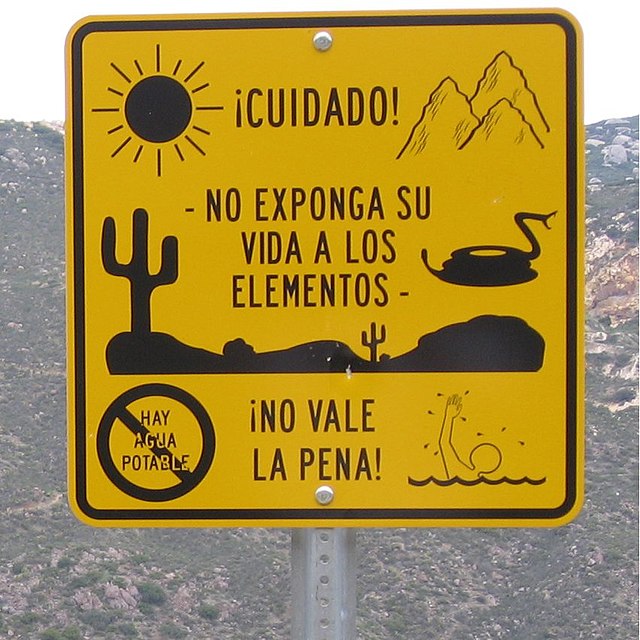
“People who are not able to cross through the border wall, then are crossing through areas where walls have not been placed yet,” Ríos said. “That means crossing through extreme temperatures, through the desert, or extreme terrain around the mountains and other wilderness areas, and that increases the mortality rate of migrants who are attempting to enter the US.”
Of the 686 migrants who died or disappeared attempting to cross the US-Mexico border in 2022, 213 drowned, 142 were in a vehicle crash, 129 fell victim to extreme environmental conditions, 8 lacked adequate medical attention, 21 were accidental and 154 unknown causes, according to IOM.
One of them was Reyes Muñoz, who tried to cross the border for the third time on January 12th, 2022, and according to the a wrongful death lawsuit filed on behalf of his widow and children, USBP agents “arrested decedent, held him in custody, witnessed his injuries and medical condition, and negligently and with deliberate indifference failed to render or summon medical assistance.”
“[The agent´s] delayed efforts at CPR and resuscitation were untimely and negligently performed. This needless and callous delay caused Mr. Reyes’ death,” reads the lawsuit.
For Ríos, the tragic story of how Reyes Muñoz’s life ended reflects the story of many others who come to the US with dreams of supporting their families, or escaping danger back home.
“What they are not realizing in their attempts to enter the US is that they are entering extremely dangerous areas, and that there are features of the militarization of the border that could end their lives,” Ríos added.


